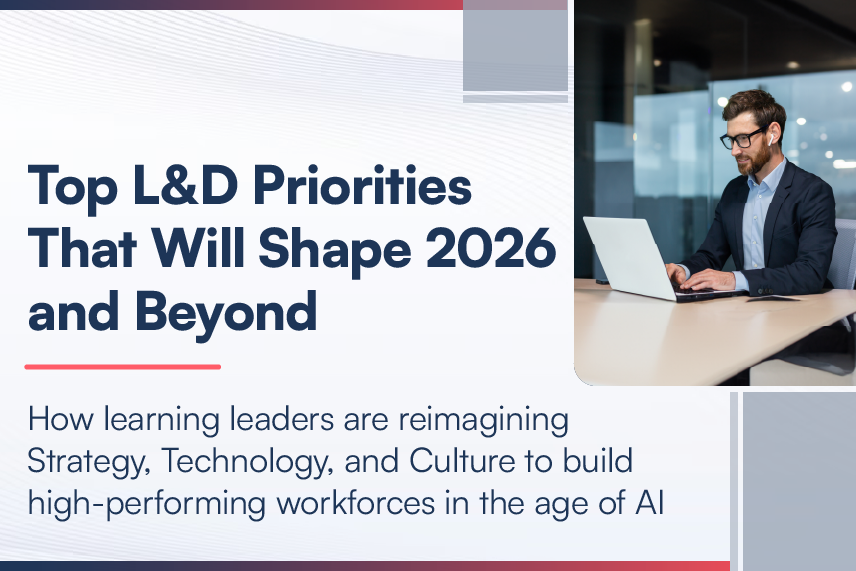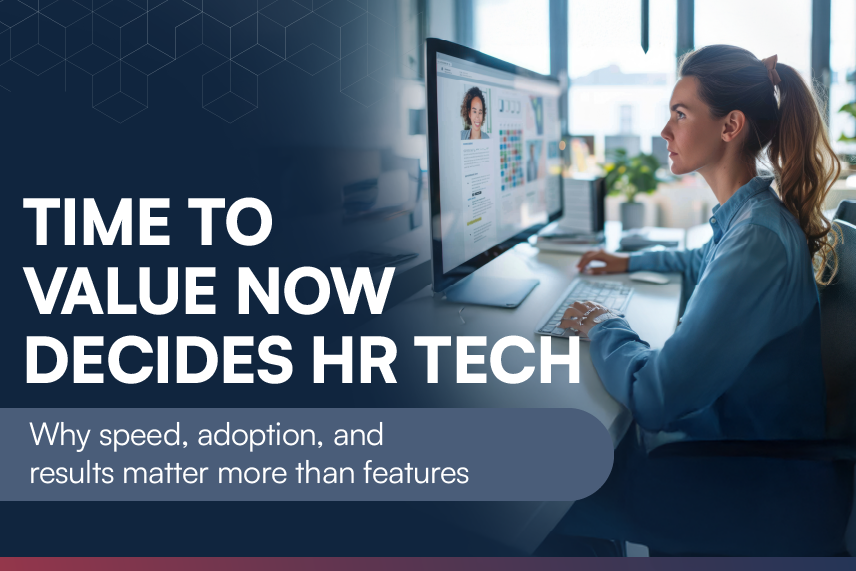
In our previous blog, we looked at the basics of AI based recruiting and the benefits it offers. It is equally important to look at the challenges required in designing and executing such a major function in your organization. In this blog, as a follow – up to the previous blog, we shall look at some of the challenges that may arise in AI based recruiting, and how these can be overcome.
- AI requires a lot of data
AI requires lot of data to train or to learn how to predict the results as accurate as human. This data comes from different sources in many different formats. For example, AI that uses machine learning needs a lot of data to learn how to screen resumes as accurately as a human recruiter. This requires hundreds or thousands of resumes for a specific role to train.
- AI can learn human biases
AI learns from the data provided. AI for recruiting promises to reduce unconscious bias by ignoring information such as a candidate’s age, gender, and race. However, AI can find and adapt the pattern behavior based on the data provided. That means that any human bias that may already be in your recruiting process – even if it’s unconscious – can be learned by AI.
To avoid any biases we have to be careful while providing the data to AI and should take steps to remove clear patterns of potential bias. For example, positive biased toward candidates based on the college they went to.
- Skepticism of new technology
HR professionals are often bombarded with the latest and greatest trend that disappears just as quickly. Training HR staff for new technology is a challenge. Understandably, recruiting and talent acquisition leaders can be skeptical of any technology that promises to make their jobs easier. They want to be sure that any software that will automate one of their work tasks is going to be able to do as good of a job as they can.
AI will change the recruiter role by making recruiters to become more proactive in their hiring, help determine a candidate’s culture fit, and improve their relationships with hiring managers by using data to measure Key Performance Indicators (KPIs) such as quality of hire.






